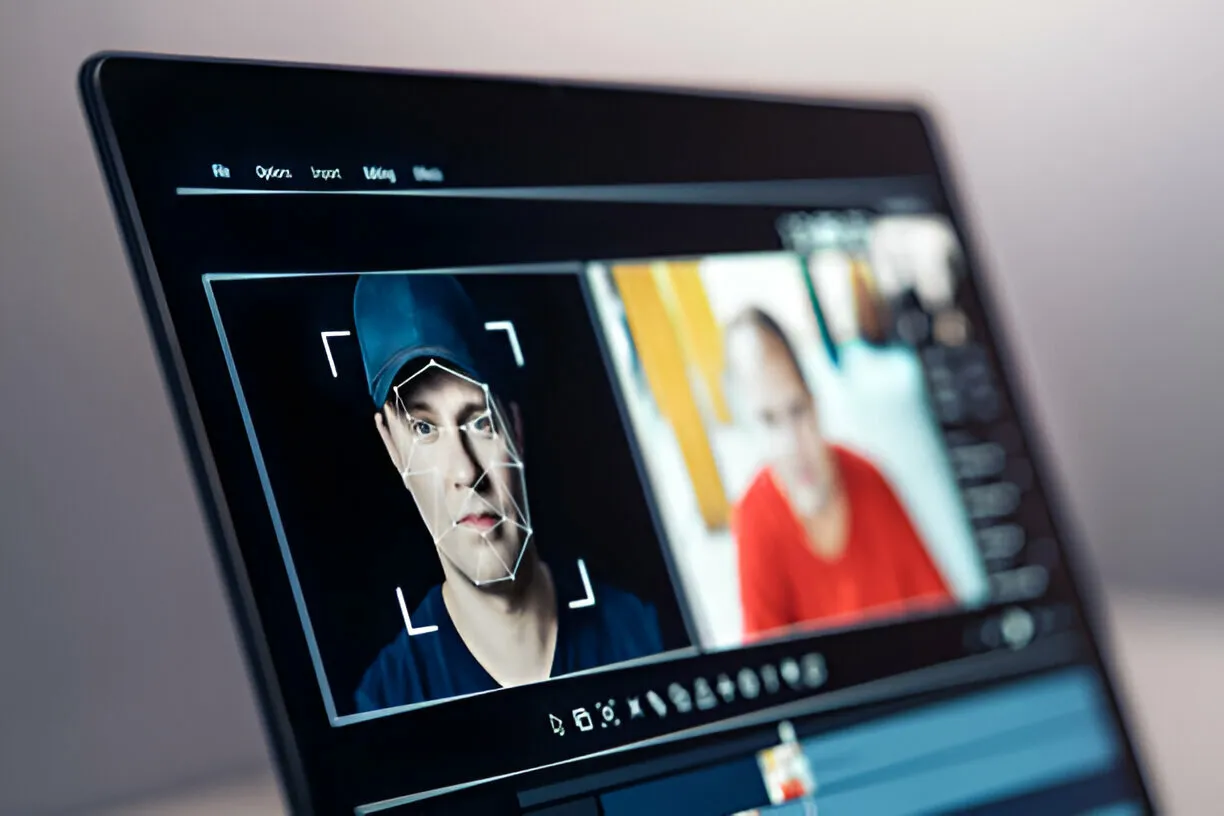Introduction
AI swap face technology has revolutionized digital media, enabling users to seamlessly replace faces in images and videos. From social media entertainment to professional filmmaking, face-swapping applications are reshaping how people engage with digital content. With the rise of artificial intelligence (AI) and deep learning, face swap tools have become more sophisticated, producing realistic results that were once impossible to achieve.
What is AI Face Swap?
AI face swap refers to the use of artificial intelligence to replace one person’s face with another in a digital image or video. This process is powered by deep learning algorithms, which analyze facial structures, expressions, and movements to create a seamless and realistic transition between faces. By training AI models on vast datasets, these tools learn to mimic facial features with high accuracy.
How AI Face Swap Works
The face swap process relies on machine learning techniques such as Generative Adversarial Networks (GANs) and autoencoders. Here’s how it generally works:
- Face Detection – The AI identifies faces within an image or video frame.
- Feature Extraction – It analyzes facial landmarks, including eyes, nose, and mouth.
- Face Mapping – The system maps the extracted features onto the target face.
- Image Blending – The AI seamlessly blends the swapped face into the target image, adjusting for lighting, angles, and facial expressions.
Advanced face swap models incorporate real-time processing, allowing instant modifications during live video streaming or recorded content.
Applications of AI Face Swap
AI face swap technology has diverse applications across different industries, making it a valuable tool for both professionals and casual users.
1. Entertainment and Social Media
Face-swapping apps like Reface, FaceApp, and DeepFaceLab have gained immense popularity on social media. Users can transform themselves into celebrities, historical figures, or fictional characters, creating engaging content for platforms like Instagram, TikTok, and YouTube.
2. Film and Television
Hollywood and content creators use AI face swap for visual effects (VFX), de-aging actors, or digitally recreating performances. One notable example is the recreation of deceased actors in movies, maintaining realism while respecting artistic integrity.
3. Gaming and Virtual Reality
Gaming companies integrate AI face swap into avatars and characters, enhancing personalization and immersion. Virtual reality (VR) applications also utilize face-swapping to create more interactive and realistic experiences.
4. Education and Training
In educational simulations, AI-generated face swaps help create realistic training scenarios, such as medical simulations or law enforcement training. This aids in providing lifelike experiences without real-world consequences.
5. Marketing and Advertising
Brands use AI face swap for personalized advertising, where customers can see themselves modeling different products, such as clothing or makeup, before purchasing. This enhances user engagement and conversion rates.
Ethical Concerns and Challenges
While AI face swap offers exciting possibilities, it also raises ethical concerns and potential risks.
1. Deepfake Misuse
The technology has been exploited to create deepfakes—manipulated videos that spread misinformation, political propaganda, or non-consensual content. Such misuse raises concerns about digital ethics and privacy.
2. Privacy Issues
Unauthorized use of someone’s face without consent can lead to privacy violations. Strict regulations and AI watermarking techniques are necessary to mitigate such risks.
3. Legal and Copyright Implications
Using AI to swap faces in commercial projects without proper authorization can lead to legal disputes. Companies must navigate intellectual property laws to ensure compliance.
The Future of AI Face Swap
As AI technology advances, face swap tools will continue to improve in quality and application. Future developments may include:
● Better Realism – AI models will achieve near-perfect facial reconstructions with minimal artifacts.
● Improved Detection Tools – AI-driven solutions to detect deepfakes and combat misinformation.
● Ethical AI Policies – Governments and tech companies working together to regulate AI face swap usage responsibly.
Conclusion
AI face swap technology is https://www.vidwud.com/free-face-swap.html transforming digital media, offering entertainment, educational, and professional benefits. While it opens up creative possibilities, it also necessitates ethical considerations and responsible usage. As AI continues to evolve, striking a balance between innovation and ethical responsibility will be crucial in shaping the future of digital content creation.
